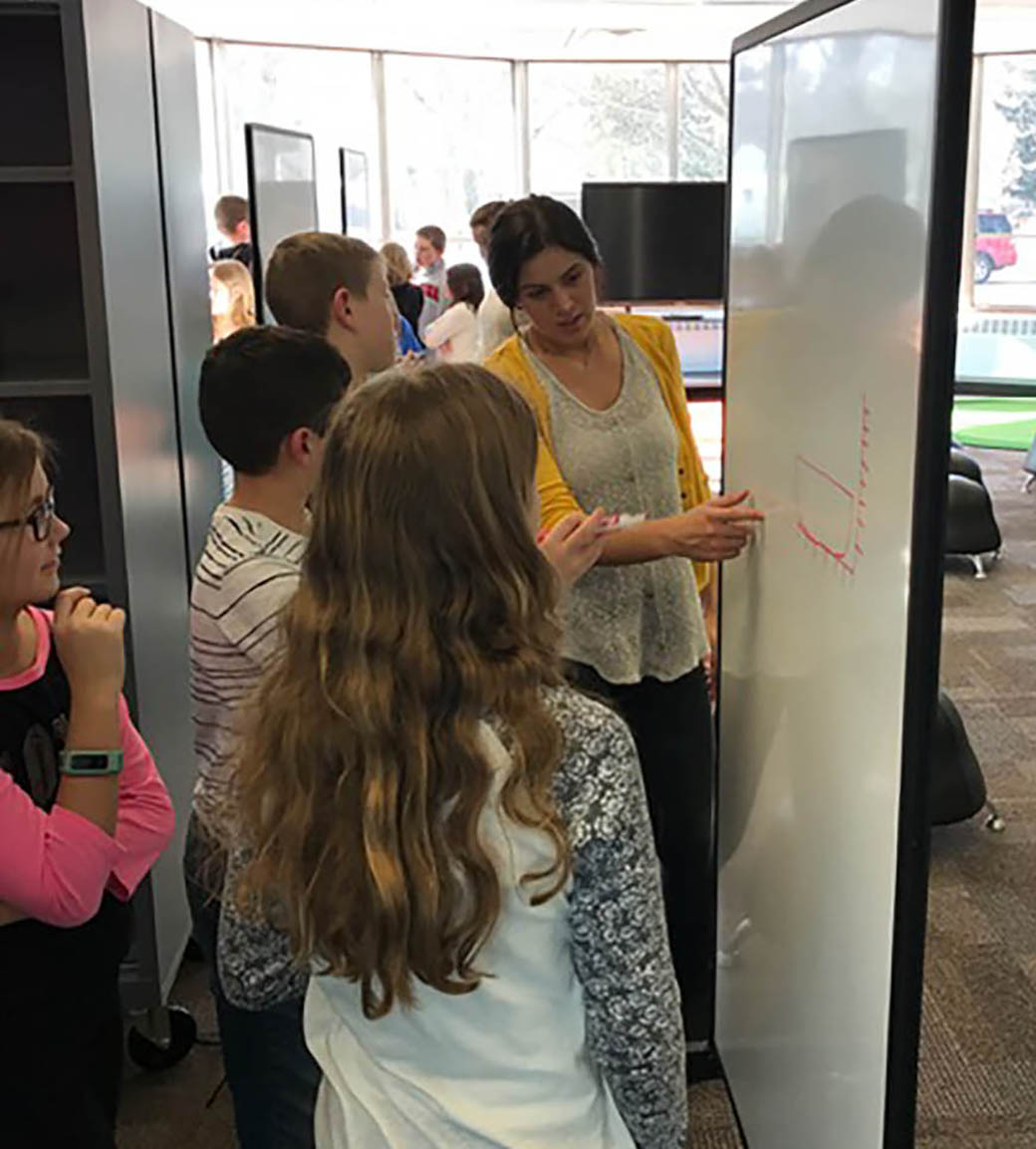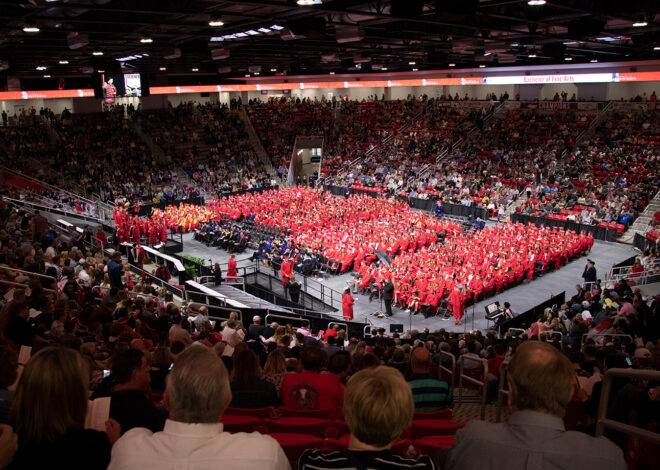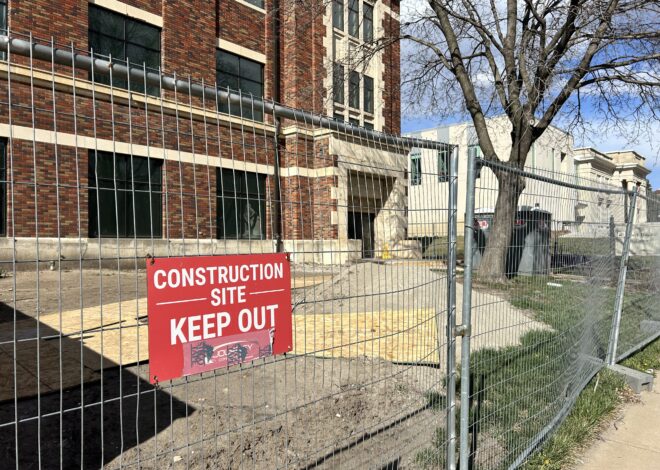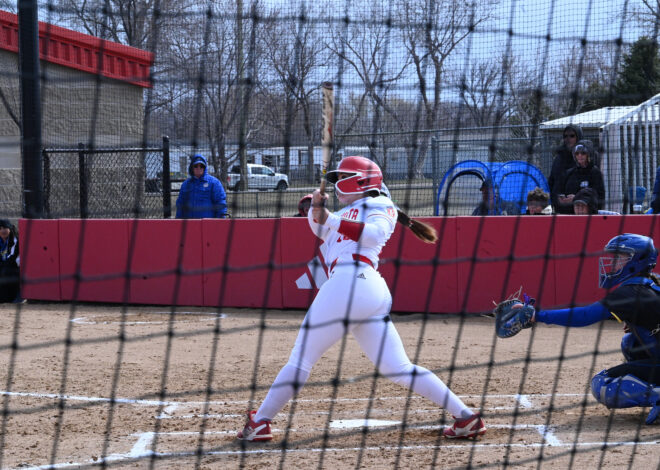
Jolley Elementary awarded Bush Foundation grant
The Vermillion Public School District is teaming up with USD to better focus on elementary students’ strengths.
In 2016, the district was awarded a Bush Foundation grant to establish a professional development partnership between Jolley Elementary and the USD School of Education.
The grant was given through the Bush Foundation’s Teacher Effectiveness Initiative. According to the Bush Foundation website, the initiative’s goal is to prepare and place 25,000 new effective teachers within its service area, which includes Minnesota, North Dakota and South Dakota.
Jolley Elementary was given $100,000 for the 24-month program to make the school into a “professional development school.”
“Professional development schools are partnerships between pre-K – 12 school districts and universities that combine resources in order to improve student achievement, preparation of new teachers and teacher professional development,” according to a Jolley brochure.
Sue Galvin, Jolley’s principal, said she applied for the grant because the school wanted to improve student achievement.
“We’re pretty good stewards of what kids need,” she said. “Our teachers… would come in and say what they thought were their next professional steps in helping support student learning.”
After teachers discussed ways to support student learning, the grant was applied for.
Robin Wiebers, assistant dean for the USD School of Education, said Jolley is using a strength-based model to achieve its goal of becoming a professional development school.
“We’re developing and contextualizing what (the strength-based model) means,” Wiebers said. “Using your strengths for instruction, identifying strengths in students’ building capacity, rather than looking at deficits of students and teachers and student teachers. We’re looking at strengths and how to use those strengths in how to develop into an effective teacher, in order to have success as a student and reach different goals.”
The program focuses on the strengths of students, teachers and parents to build better connections among the three groups.
Wiebers said Jolley follows the standards for professional development schools developed by the Council for the Accreditation of Educator Preparation:
- Standard I: Learning Community — Addresses the unique environment created in a professional development school partnership that supports both professional and children’s learning.
- Standard II: Accountability and Quality Assurance — Addresses the responsibility of a professional development school partnership to uphold professional standards for teaching and learning.
- Standard III: Collaboration — Addresses the development and implementation of a unique university/school community which shares responsibility across institutional boundaries.
- Standard IV: Equity and Diversity — Addresses the responsibility of the professional development school partnership to prepare professionals to meet the needs of diverse learners
- Standard V: Structures, Resources and Roles — Addresses the infrastructure that a professional development school partnerships uses and/or creates to support its work.
The partnership allows USD student teachers to work at Jolley for an entire school year, letting them to see how strength-based teachings are implemented in classrooms, Wiebers said.
“Funding will allow people some release time to do things at the K-12 level that they haven’t been able to do before,” Wiebers said. “They’re able to have our student teachers’ working capacities, provide opportunities for part-time employment.”
Wiebers said the partnership is great, because it allows both schools figure out what’s best for students.
“We’re looking at the needs of the school district together,” she said. “We’re using all of our resources that we have combined between us, in order to improve and impact K-12 learning in Vermillion.”
Without the grant, Wiebers said the relationship between the two schools wouldn’t be as strong as it is now.
“This year we’ve built some really strong relationships in which we know what the other side’s doing,” Wiebers said. “We know what’s going on in the school district more, and the school district is starting to understand how we teach our coursework.”



